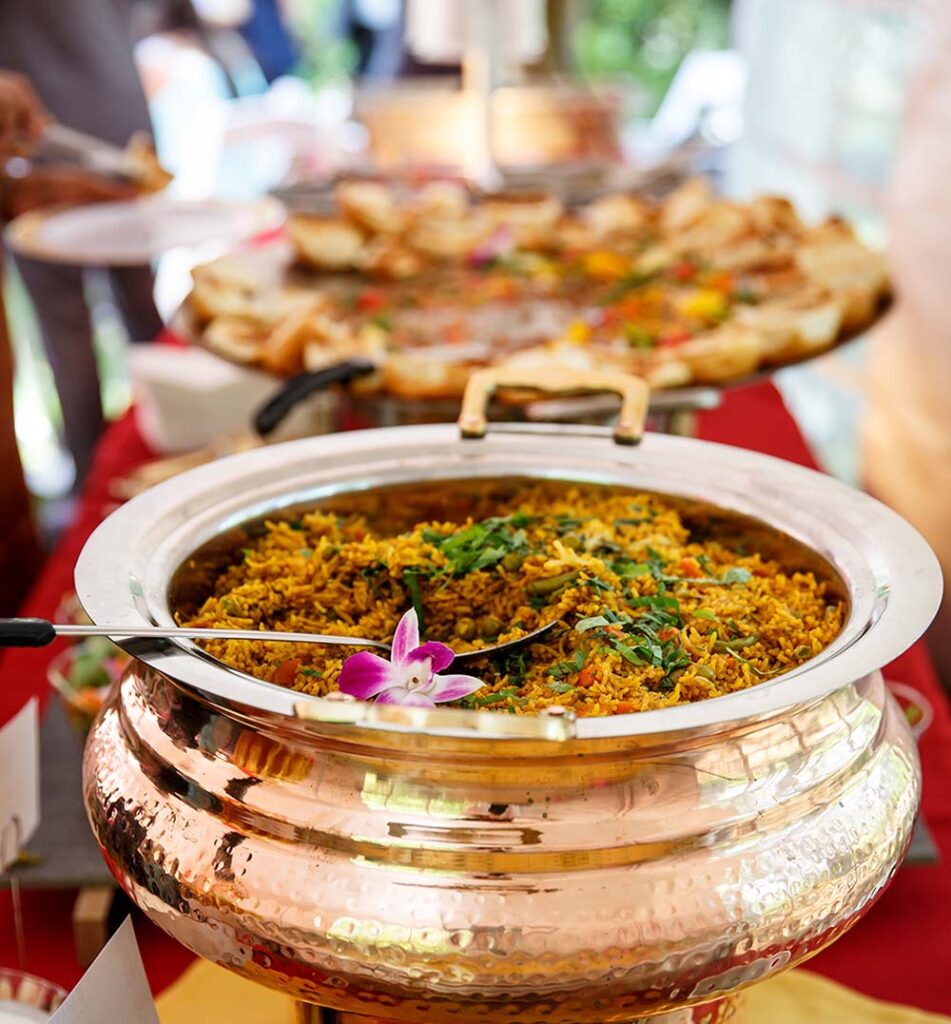
How caterers are keeping diners happy in the age of “flavor tourism”
By Connie Jeske Crane
Maybe it’s a request for a frothy Peruvian pisco sour cocktail. Or Turkish eggs dotted with Aleppo pepper and mint. Whatever form it takes, one thing is clear—as virtually every food trend report has noted in 2023, modern diners are in dizzy pursuit of fresh global flavors.
So, where’s this surging demand coming from? The National Restaurant Association’s 2023 What’s Hot Culinary Forecast points to our smartphones and apps like TikTok and Instagram: “With so many eyes on screens, social media plays a huge role in spreading the word about the latest flavor sensations. Consumers crave foods that challenge their taste buds at a more sophisticated level than ever before, including new levels of hot, spicy, sweet, and savory.”
Witnessed in every category—from bottled sauces, breakfast sandwiches and wedding menus, to corporate lunches and bistros—this roving appetite or so-called “flavor tourism” can have an “everything everywhere all at once” kind of feel.
While exciting creatively, there are inherent challenges, too. Curious over how foodservice professionals are responding, we talked to four caterers who are, in one way or another, satisfying their customers’ global cravings. We asked what their customers are asking for, what’s on the menu and their advice for making it all work.
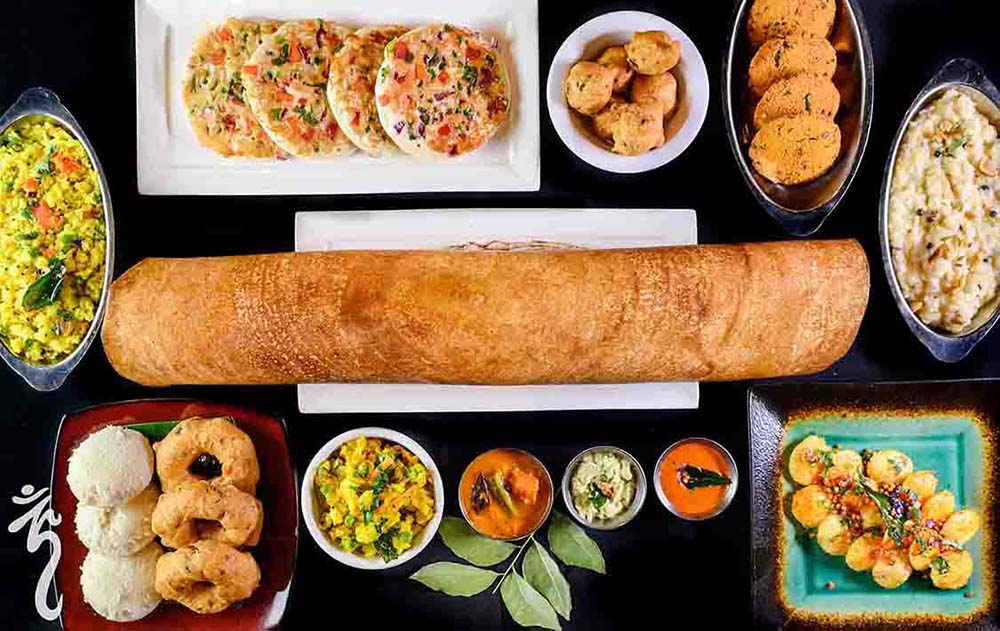
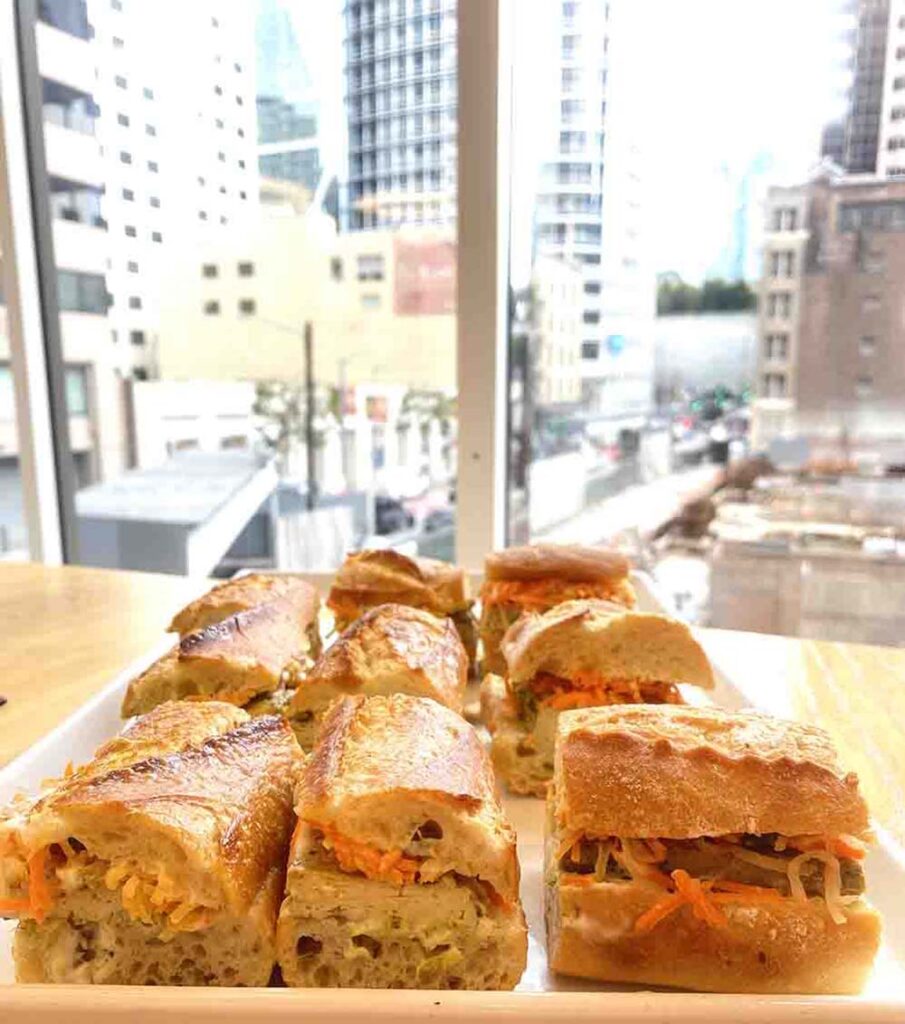
Understanding your customers’ needs
In the San Francisco Bay Area, Hugh Groman of the Hugh Groman Group serves a diverse clientele. “We have a wonderful mix of corporate and institution, school, social events and private clients,” he says. Lately, says Groman, demand is strong for Peruvian and Caribbean cuisine. Additionally, “anywhere in Asia is always great and popular. Latin is always popular.”
When it comes to the rising demand caterers are seeing for ethnic or global dishes, it’s not just TikTok but also demographics that factor in big-time.
In Toronto, for example—often ranked as the most diverse city in the world—multiculturalism drives demand, according to Kire Boseovski, director of culinary and operations at Feed Me Fine Foods. In response, his company has created multiple ethnic menus. “In a city that is so multicultural, it became an important thing, especially when your clients are coming in from different descents,” he says. A standard wedding scenario today, he explains, could be “half South Asian and half Italian. So how do you match and get a perfect menu for that kind of client?”
In the Boston area, Kannan Kesavalu, owner of Maya Indian Bar and Grill and Maya Indian Catering, says that while Maya’s restaurant draws from the broader community, among his catering clientele—which is 90 percent South Asian, with lots of weddings—needs are similarly demanding, with demographic shifts keeping him on his toes. “We’ve seen the last couple of years, it’s more inter-racial weddings, Indian-American weddings, and Indo-Italian weddings.”
And in Land O’ Lakes, Florida, Pinay Appetit—a small operation owned by husband-and-wife team David and Cindy Meyer—is making a mark serving up Filipino dishes in large tray formats. Cindy’s passion to share treasured family recipes from her upbringing in the Philippines lies at the company’s heart. The business launched during COVID when Cindy noticed people hunting for dinner options online after restaurants were closed. “Cindy had been wanting to make food for people and introduce them to Filipino cuisine,” David says.
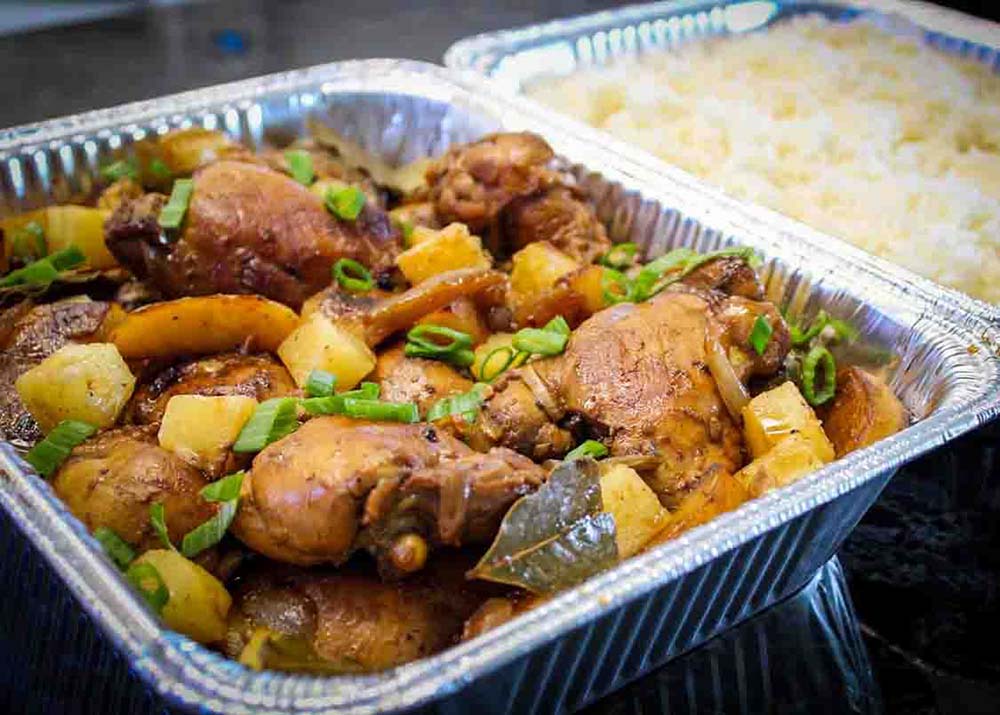
The couple has attracted a growing and diverse clientele. “We’re probably 60-40,” David says, with about 40 percent of catering business drawing from the Filipino community and 60 percent from the broader local community. “A lot of Americans, once they try our food, they’re hooked. And we get a lot of military veterans as well who were stationed in the Philippines and missed the food and haven’t had it in a long time.”
We started hiring multicultural staff as well, employing people from around the world that can really help us individualize the menus to every client.”
—Kire Boseovski, Feed Me Fine Foods

Thoughtfully crafted menus
When it comes to what kinds of global dishes end up on the menu, caterers we talked to have a range of different approaches, based on their customer base, size and event range.
Hugh Groman Group: Describing his food as French, Spanish and California-style, Groman says “opportunities for wider-ranging cuisines come up in a few different areas for us, particularly cocktail parties, because I feel like with passed hors d’oeuvres, you can explore freely and combine different cuisines, as long as you have a balance of ingredients and colors, proteins and vegetables.” Examples of appetizer offerings include cucumber musubi and Vietnamese summer rolls with shrimp. With clients so inclined, Groman says food stations and weddings are also good places to play with elements from other cuisines.
Feed Me Fine Foods: The array of full-course traditional menus here includes Pakistani, Indian, North African, Mediterranean, Japanese, Singaporean, Chinese/Hakka, Japanese and Italian. “We have Tandoori chicken, we have kabobs. And then we have lasagna,” says Boseovski. The appropriate level of spicing for each event crowd is discussed ahead of time with clients and determined via a tasting.
Maya Indian Catering: Here, catering customers can draw from traditional North Indian and South Indian menus, as well as an international menu, which includes Italian and Mediterranean dishes. Kesavalu says fusion offerings can also be popular, citing Bollywood glazed wings, mango cheesecake and tiramisu with rasmalai as current favorites. Regarding spicing, Kesavalu says, “We don’t lose the flavors but on the spice level, we want to keep it mild-to-medium so every audience can enjoy the food.” Extremely spicy dishes are clearly labeled, he says.
Pinay Appetit: “We just limit our menu to the things that we’ve found we eat and that appeal to the American palate,” says David Meyer. Popular dishes include a noodle dish called chicken pancit plus beef lumpia (spring rolls with seasoned beef), which Meyer notes are also available as grab-and-go items due to demand. At the outset, Meyer says Pinay’s weekly pickup specials helped introduce Filipino food to newcomers, but as the business has grown, that’s something they don’t always have time for anymore.
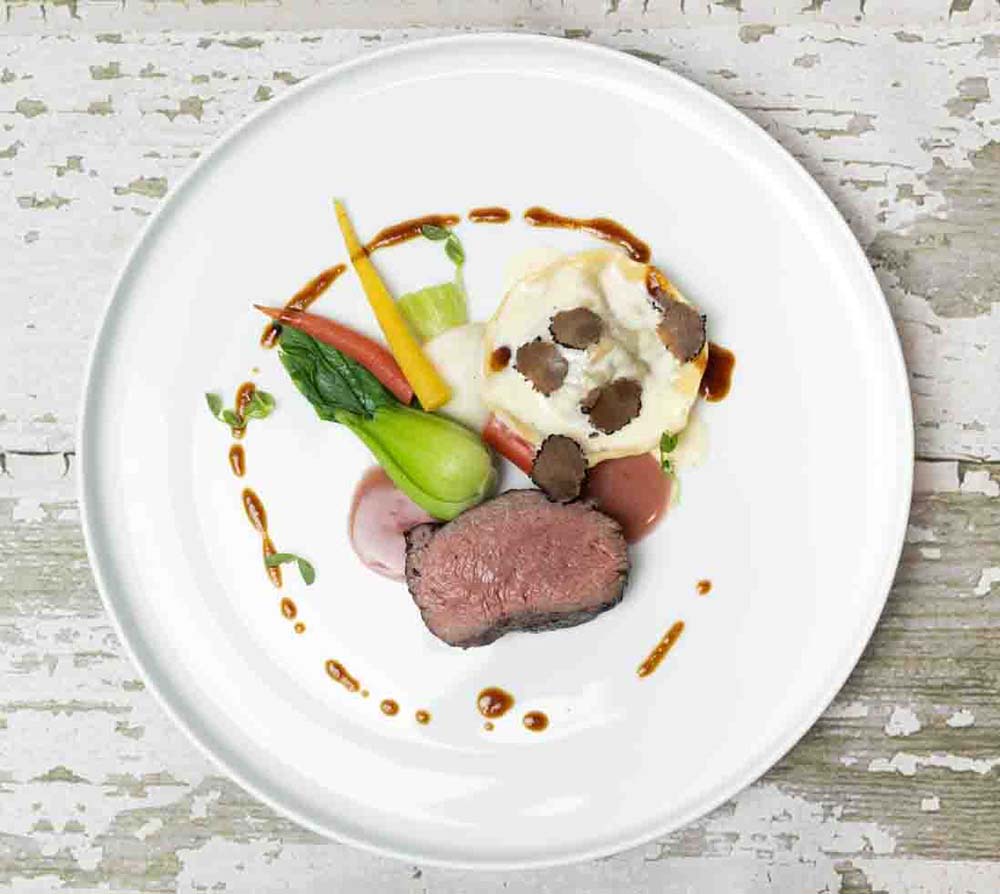
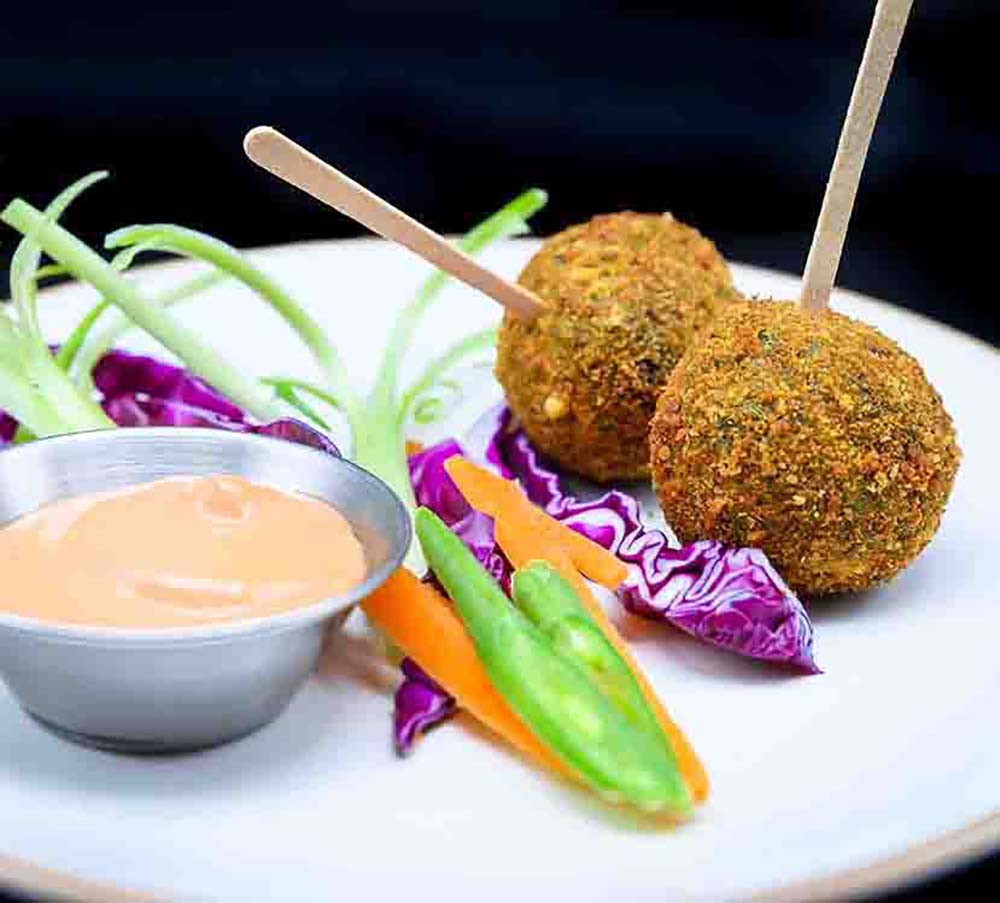
Assembling all the right stuff
Given the complexity of the cuisines and dishes, caterers wanting to go deep may have some additional prep work to do.
Happily, though, when it comes to ingredients, sourcing isn’t a terrible obstacle anymore. All caterers we talked with noted that sourcing specialty ingredients has become easier. As Groman says, “In the Bay Area we have access to pretty much anything we could want. And if we don’t, it’s easy to get it on the internet.”
Staffing, though, is one aspect where some investment may be required. “We actually started hiring multicultural staff as well, employing people from around the world that can really help us individualize the menus to every client,” says Feed Me Fine Foods’ Boseovski. This includes a chef who handles Indian, Pakistani and Tamil cuisine, and another for Asian cuisines, while Boseovski and another chef handle the Americas and a co-owner covers Middle Eastern fare.
With passed hors d’oeuvres, you can explore freely and combine different cuisines.”
—Hugh Groman
Continual innovation
Lastly, one of the fascinating things caterers illustrate is how innovative this space is. At first glance, serving up generations-old traditional cuisine may seem static. Yet there are multiple ways—big and small—caterers find themselves pushing their food to the next level.
At Groman Group, for example, technology is being leveraged. When developing recipes, Groman says, “We’re starting to get into using ChatGPT to make it even easier because you can ask it much more targeted questions and get really interesting ideas.”
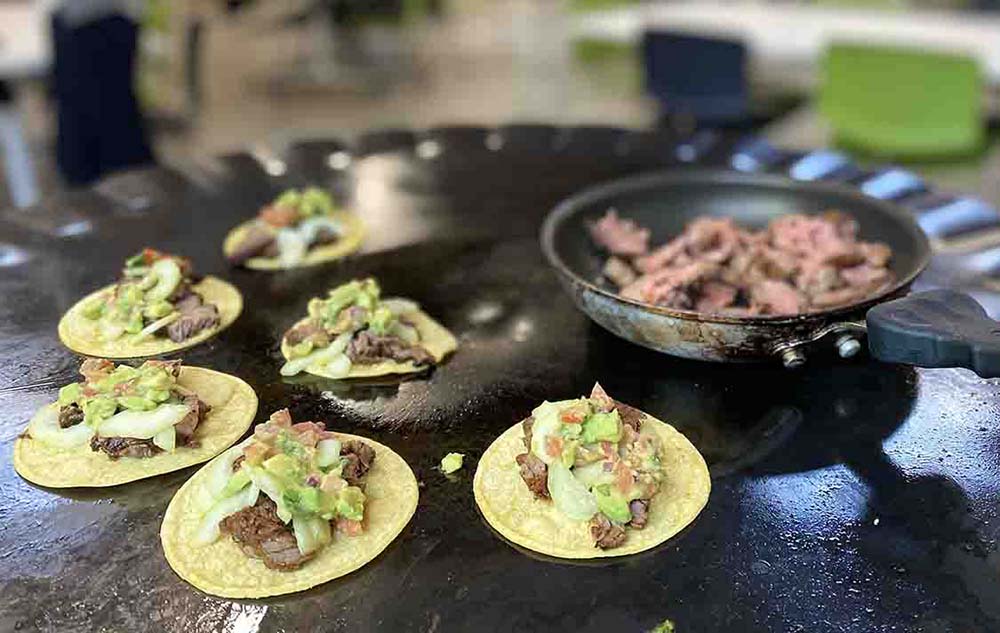
Even with traditional recipes, Meyer says he and his wife often sample other Filipino food and tinker. Sometimes they’ll add some Americanization, too. With one Filipino dish, sinigang, Meyer says he wondered about the addition of green beans and potatoes: “I thought they would suck up that broth and hold it and the flavor would be so good.” The dish is now on the Pinay menu.
With his well-traveled client base, Kesavalu finds customers often bring their wish lists to him after returning from weddings in India—maybe asking for elaborate displays like street-style food carts, live cooking and interactive concepts. While challenging, he says, “It’s a good thing because it means improving our skills.”
Boseovski sums it up with this motto: “Don’t ever be afraid to approach a new venue, a new system or style. Embrace everything because it will help improve you as a company and push you to other levels.”
For More Information
Feed Me Fine Foods
feedmefinefoods.ca
Hugh Groman Group
hughgromangroup.com
Maya Indian Catering
mayacater.com
Pinay Appetit
pinayappetit.com











